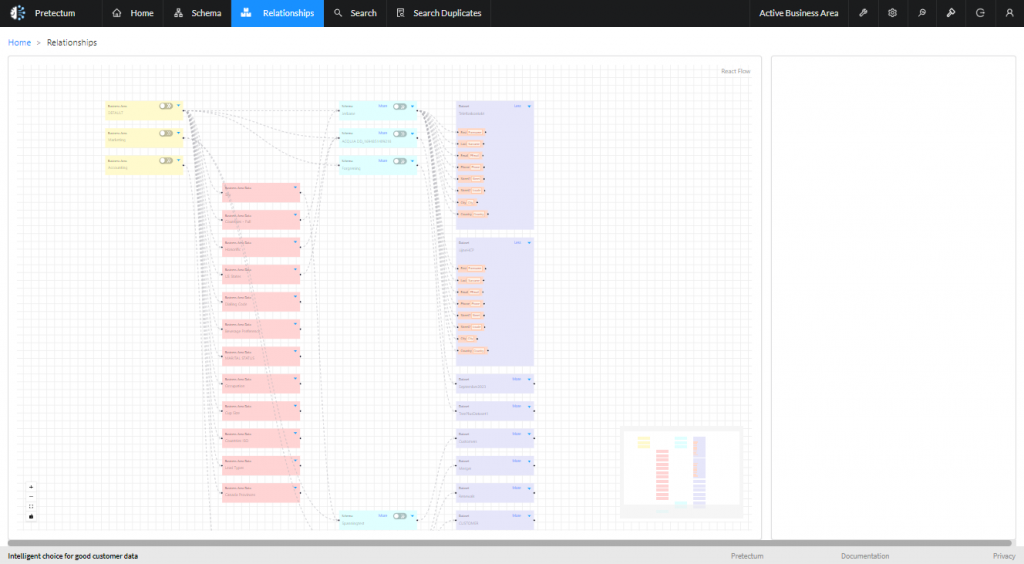Metadata is data that describes data. In other words, it is “data about data”.
Many distinct types of metadata exist, including descriptive, financial, structural, administrative, reference, statistical, legal and so on.
Metadata management is the ability to provide some sort of controlled and consistent context and meaning to data. Metadata management is a cornerstone of data management as a discipline and it is something that every business already has, to some degree. The question is how much control and discipline is in place to manage it.
There are many ways that metadata can be used and many ways that metadata can be managed. There is no one toolset or platform that is ‘best‘ or most appropriate for all organizations, the capabilities of one tool over another heavily depend on the practical needs of the enterprise.
Data catalogues are in vogue and have become popular because of metadata deficiencies inherent in databases and systems of record. For some, a data catalogue is an essential piece of the puzzle, particularly for data-driven businesses.
At its core, the catalogue aims to ensure that those working with the data, can quickly and easily find the specific data that they need to achieve a particular task and at the same time provide them with relevant context to allow them to derive insight and make decisions.
Some aspects of data catalogues include:
- Data agnostic
- Documents business processes, compliance events, reports, and metrics.
- Describes data and where it comes from in business language
- Documents and describes data policies, report definitions, KPIs and metrics, business terms, business processes and similar assets that provide context to data.
- Designed for non-technical and technical users alike
- Available to all who need access
- Supportive of crowdsourcing or community and collaboration building of data
- Offers a unified repository of content as opposed to an isolated silo
- Provides real-time insight into how data is being used
- Offers integrated data quality.
- Value-driven data scoring.
- Tie-up of data assets to business goals, objectives and outcomes
- Defines data accountability
- Describes data relationships
There is an awful lot there and in some cases, this is necessary, but it largely depends on the nature of the organization, the context in which it operates and the relative levels of complexity in the data and systems that it uses.

ERP and CRM systems, for example, have large complex table structures that may not be meaningful when accessed at the table level. If your business is privately held and your data levels are modest, implementing a catalogue may be a sledgehammer that you simply don’t need. Conversely, if you’re a massive sprawling organization with many systems and databases, this may seem the most appropriate technology to take an inventory and start rounding up some controls.
For the large organisation, a multifaceted approach to metadata management is likely to reduce manual effort and give a more accurate description and range of reporting controls on the data you have, but it is certainly not a silver bullet for all.
While the Pretectum CMDM is not a data catalogue solution, it does contain many of the elements associated with data catalogues but with a very specific focus – namely the customer master.
Data definitions and all the associated metadata for sources and targets are defined in Pretectum and can be populated with as much or as little data as you choose. In addition, Pretectum will do some of the statistical heavy liftings for you by classifying your data, describing the attributes and rules around that data and then allowing you to feed and push customer master data from the systems that you have in your systems landscape. These pushes and pulls all come with lineage.
Finally, as part of the data curation process, Pretectum will also inform you on the evolving state of your datasets held securely within the Pretectum repository, how they are changing over time and documenting their statistics for compliance, audit and operational reporting.
Learn more about the Pretectum approach to Customer master data management by contacting us.


